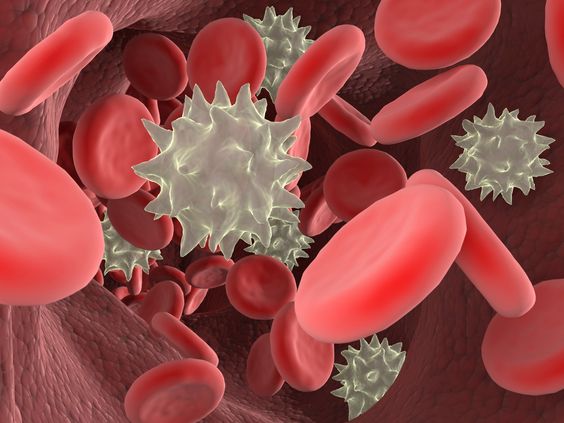Introduction:
Leukemia is a type of cancer that affects the blood and bone marrow, the spongy tissue inside bones where blood cells are made. It is a complex disease with various types, each with its own set of characteristics, causes, and treatments. This blog post provides a comprehensive overview of leukemia, encompassing its symptoms, signs, causes, types, and treatment options.

Leukemia occurs when the body produces abnormal white blood cells. These abnormal cells crowd out healthy blood cells, impairing the blood's ability to carry oxygen, fight infections, and control bleeding. The different types of leukemia are categorized based on the type of white blood cell affected and the speed of disease progression.
Types of Leukemia:
There are four main types of leukemia:
- Acute lymphocytic leukemia (ALL) is the most common type of leukemia in children. It can also occur in adults.
- Acute myeloid leukemia (AML) can occur in both children and adults.
- Chronic lymphocytic leukemia (CLL) is the most common type of chronic leukemia in adults. It often progresses slowly, and many people don't have symptoms for years.
- Chronic myeloid leukemia (CML) primarily affects adults and is characterized by the presence of an abnormal gene called the Philadelphia chromosome.
Symptoms:
The symptoms of leukemia can vary depending on the type and stage of the disease. Common symptoms include:
- Fatigue and weakness: Leukemia cells can crowd out healthy red blood cells, leading to anemia and fatigue.
- Frequent infections: Abnormal white blood cells cannot fight infections effectively, making individuals more susceptible to infections.
- Easy bruising or bleeding: Leukemia can disrupt platelet production, leading to easy bruising, bleeding gums, or nosebleeds.
- Swollen lymph nodes: Leukemia cells can accumulate in lymph nodes, causing them to swell.
- Bone pain: Leukemia cells can crowd the bone marrow, causing bone pain.
- Unexplained weight loss: The body's increased metabolism due to leukemia can lead to weight loss.
Causes and Risk Factors:
The exact causes of leukemia are not fully understood, but several factors can increase the risk of developing the disease:
- Genetic predisposition: Some individuals inherit genes that make them more susceptible to leukemia.
- Exposure to radiation: High doses of radiation can damage bone marrow and increase leukemia risk.
- Certain chemicals: Exposure to certain chemicals, such as benzene, can increase leukemia risk.
- Smoking: Smoking has been linked to an increased risk of acute myeloid leukemia.
- Previous cancer treatment: Individuals who have undergone certain types of chemotherapy or radiation therapy for other cancers may have an increased risk of developing leukemia later in life.
Treatment:
Treatment for leukemia depends on the type, stage, and overall health of the individual. Common treatment options include:
- Chemotherapy: Drugs are used to kill leukemia cells.
- Radiation therapy: High-energy rays are used to destroy leukemia cells.
- Targeted therapy: Drugs that specifically target and destroy leukemia cells are used.
- Stem cell transplantation: Healthy stem cells are transplanted to replace damaged bone marrow.
Leukemia is a complex disease, and early diagnosis and treatment are crucial for improving outcomes. If you experience any of the symptoms mentioned, consult a healthcare professional for a proper diagnosis and treatment plan.





